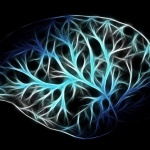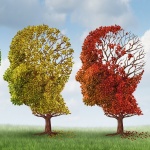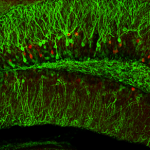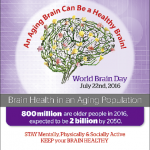
News • Therapy study
Vaccine and medication might stop Alzheimer’s years before it begins
Researchers at the Keck School of Medicine of the University of Southern California (USC) are tackling Alzheimer’s disease with a new study that intervenes decades before the disease develops.

























